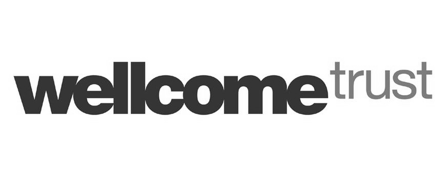Medals

Bronze

Silver

Gold

Special
Bronze
1. Competition Deliverables
Wiki: You're here now! Feel free to have a browse.
Poster: Come and visit our stand at the Giant Jamboree in zone 1-99.
Presentation: Come and watch our presentation to see what we’ve been working on. We'll be presenting in room 210 on Sunday at 11:00!
Judging Form: Completed and submitted to the judges.
2. Attributions
We are so grateful for all the help we’ve received from academics, PhD students and industry experts. We could not have completed our project without them. Our attributions page is to celebrate their contribution to our project, so take a look to see who helped behind the scenes. Click here to learn more about these amazing people!
3. Project Inspiration and Description
Why not learn more about our project on our Description page? Click here to see more.
4. Characterisation
Click here to check out our parts on the Parts page! Can you see what our favourite part was?
Silver
1. Validated Part
Check out our submitted parts in our parts page here! The characterisation of these parts is up on the BioBrick registry, but our page will guide you through the descriptions and functions of our parts as well.
2. Collaborations
We were lucky enough to be able to collaborate with both local and international teams on a range of different topics. To see the work we did together, click here!
3. Human Practices
We considered how our work would impact the economy, affect society and ensured no jobs would be compromised because of our solution to fatbergs. We spoke to various individuals from all aspects of society and looked for real problems to solve from the first step, which is how we came to choose the topic of fatbergs. Click here for more information.
Gold
1. Integrated Human Practices
Other than looking at the importance of our project, we explored how we could change the designs we initially implemented to better suit the problems we were trying to solve. Using the advice we gained from professionals, our project evolved over time. Click here for more information on how we changed our project over the course of the summer!
2. Model your project
Our in situ research was extremely educational in helping us understand about the feasibility and practicality of our project. This will, hopefully, help other teams learn how to model their projects as well. Take a look here for more information!
3. Demonstrate
We have successfully demonstrated the ability for each of our lipase constructs to operate under realistic conditions using a spectrophotmetric assay involving p-nitrophenol octanoate to generate a standard absorption curve for each construct. Individual Lineweavr-Burk plots for each lipase were determined from which the kinetic parameters of Km, kcat and Vmax were determined. These values were used to assess the efficiency of our enzymes. click here for more information!
Special
1. Integrated Human Practices
Other than looking at the importance of our project, we explored how we could change the designs we initially implemented to better suit the problems we were trying to solve, based on the advice we gained from professionals. Click here for more information.
2. Public Engagement
Education and Public engagement is a vital component of inspiring the next generation of synthetic biologists, as well as exposing the public to genetic engineering. We decided to invest in this endeavour as it is something that not only affects our day to day lives but plays a massive role in the future of humanity. We explored several ways in which we could improve the public’s understanding of the science we do and love. We are excited to share with the iGEM community what we learnt along the way. Click here to see more!
Sponsors

















